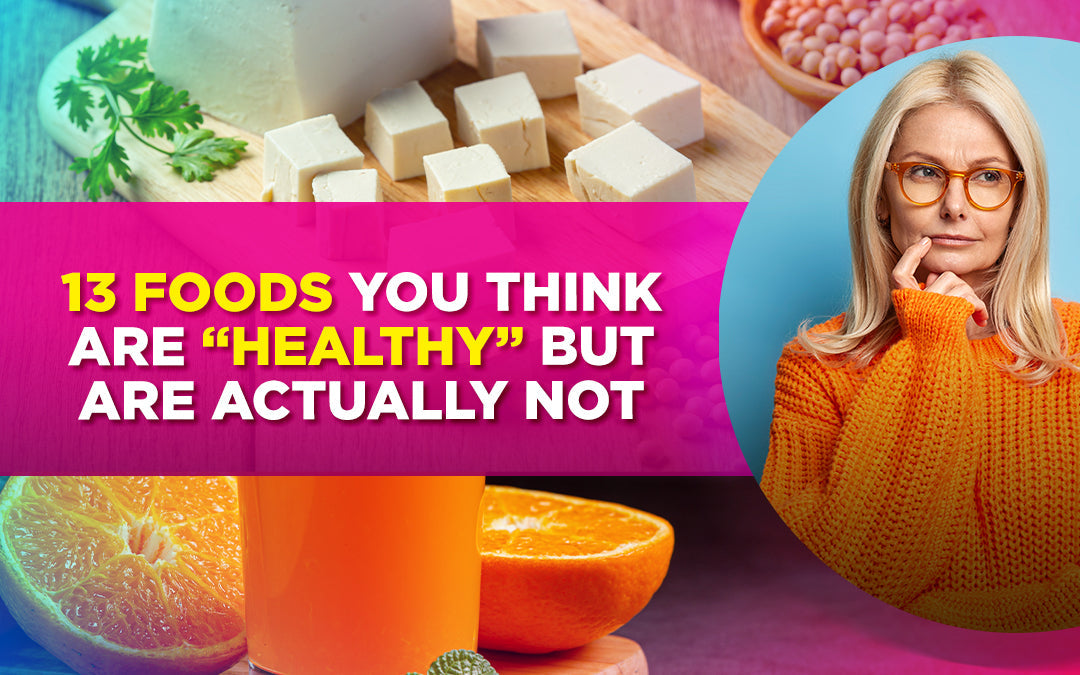Omega 3 vs. Omega 6 - Understanding The Differences
Dr LivingoodShare

You may recognize the term “omega” as the last letter of the Greek alphabet. You may also remember the term from algebra class. But when you add a number such as 3, 6, or even 9 to the end of omega it becomes a reference to various fatty acids that are necessary to proper bodily function. But what is omega 3s and 6s anyways? And why do we need them?
Omegas 3s and 6s are found in different foods and perform different roles in the body. Read more to find out what these differences are, and how to attain the proper balance of omegas.
What are Omega 3 and Omega 6?
Omega 3s and 6s are essential polyunsaturated fats. The term essential refers both to the fact that we need these fats to function properly and that we cannot produce these fats on our own. We rely solely on diet to get an adequate supply of omegas.
Polyunsaturated (and monounsaturated) fats are considered healthy fats, unlike saturated and trans fats. While they should still be eaten in moderation, they provide valuable nutrients and energy to the body.
The number at the end of omega, for example, 3 or 6, refers to the different bonds that dictate the shape of each fat molecule. The shape also helps determine what the role of the omega will be once inside the body.
While omega 3s and 6s belong to the same family, they perform different tasks for the body and are derived from/found in different types of food. The most important thing for you to worry about is getting a proper amount of both omega 3s and 6s so that your system is balanced and can function properly.
Types of Omega 3
Omega 3s consists of three different types:
EPA
EPA is found mainly in fatty fish, like sardines, anchovies, mackerel, and salmon. It calms the body from irritation and supports joint and mental health.
DHA
DHA is present primarily in the cells of the eyes and brain, and so high levels can promote optimal eye and brain health. As evidence of how important it is to the brain, it makes up about 8% of the brain’s weight. Oily and fatty fishes are also good sources of DHA.
ALA
ALA can be found in plant oils, like coconut oil; nuts, like cashews; and seeds, like flax seeds. It plays some role in energy supply, but is not as active in the body as EPA and DHA, and is not easily converted into either of these two forms. Thus, sources of EPA and DHA are more advantageous to the body and have higher omega 3 levels than sources of ALA.
Benefits Of Omega 3
Omega 3 fatty acids are polyunsaturated fats that are found mainly in fish. Omega 3s benefit the body in many different yet vital ways.
- Omega 3s support heart health
- regulate heart rhythm
- support risk of irregular or rapid heartbeats
- prevent the collection of harmful blood clots
- support healthier circulation
- help limit the number of triglycerides in the bloodstream
- support weight loss and healthy weight when paired with a healthy lifestyle
- act as antioxidants in the body and inhibit cell damage.
The average American gets limited omega 3s in their diet since we generally do not eat large amounts of fish on a regular basis, so almost all of us could benefit from extra omega 3s in our diet.
Types of Omega 6
Omega 6 fatty acids are healthy fats that the body relies on to survive. These polyunsaturated fats are found primarily in vegetable oils (such as soybean oil) and, logically, any foods cooked in these oils. Thus, sources of omega 6, like safflower oil, can be unhealthy when used to make junk and/or fast food.
Benefits of Omega 6
Similar to omega 3 fatty acids, omega 6s support heart function, and better circulation.† Other benefits include:
- maintain healthy blood sugar/glucose levels by improving the body’s sensitivity to insulin.†
- omega 6 can help raise good cholesterol levels and get rid of the ‘bad’ cholesterol
- prevent cholesterol from building up in artery walls and obstructing the bloodstream
The average American gets more than enough omega 6s in their diet but needs to be cognizant of the difference between healthy and unhealthy sources of omega 6. The next section will outline what kind of foods you can eat to boost your body’s levels of omegas 3 and 6.
How to Get More Omega 3s And 6s In Your Diet
Given that we cannot make omegas on our own but need them to survive, it is crucial that we get enough of each in our diet. As already mentioned, the problem for most Americans is getting too much omega 6, and not enough omega 3. What we ideally want is a balance between the two.
In pre-industrial times, before the days of processed foods and Mcdonald’s, humans ate large amounts of fish and other omega-3 sources. Depending on where in the world they lived, their ratio of omega 6 to omega 3 consumption ranged from around 4:1 to 1:4. Thus, our bodies became adapted to relatively even amounts of omega 3 and 6.
Nowadays, that same ratio (omega 6 to omega 3) is close to 16:1. Cardiovascular events are presently the leading cause of death in this country, whereas in pre-industrial times these events were a lot less common (though of course, most humans did not live as long). This is certainly not caused specifically by our omega 6 to omega 3 ratio, but instead speaks to a larger issue of diet in modern society.
Omega 6s in their original source is very good for you and are essential to the body, but we should limit our intake of omega 6 to healthy sources, such as nuts, seeds, and extra-virgin olive oil.
Processed foods and snacks may claim to be healthy because they are cooked with unsaturated fats, but their other ingredients counteract any benefits you may be receiving by either introducing toxins to the body or offering no additional nutritional value.
We should aim to increase the amount of omega 3s we consume on a weekly basis, whether through fish, shellfish, beans, seeds, and nuts. We can also boost our omega 3 levels by taking an omega supplement, in addition to a healthy, well-balanced diet.
How To Balance Your Omega Intake
Not to be repetitive, but a healthy and nutritious diet goes a long way in balancing out your omega intake ratio, as well as making sure you get enough of each. In order to get more omega 3s, start adding fatty and oily fishes like anchovies, sardines, salmon, mackerel, tuna, pollock, and herring into your diet.
Vegetable oils can be great sources of healthy fats, both omega 3s, and omega 6s. Some oils, like flax, coconut, and olive, have high levels of omega 3 in relation to omega 6. These should be preferred to oils with higher omega 6 content, such as safflower, sunflower, corn, and cottonseed oils.
For protein sources high in omega 3s, look for grass-fed meat. Animals that are fed with grains, typically high in soy and corn, will have higher concentrations of omega 6. In general, however, as long as the meat is not processed it is still healthy for you. Also, search for eggs that are either pasteurized or enriched with omega 3s.
Finally, omega supplements are a great thing to add to your diet when you struggle to eat enough omega 3s through food alone.
In Conclusion
Omega 3s and 6s are essential fatty acids that we must get from our diet. Omega 3s promote better heart health, while omega 6s regulate cholesterol levels.
In order to get a proper balance of omegas 3 and 6, eat a healthy, well-balanced diet and consider using an omega supplement for that added boost!
Share
Related Articles
Most Popular
-
The 5 Amazing Benefits of Omega-3s
August 13, 2024 -
Healing Your ‘Second Brain’: The Path to a Healthier Gut
August 13, 2024







